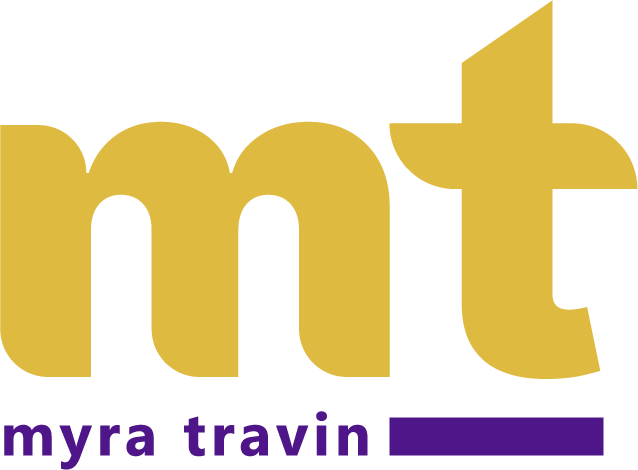So, who are you creating training for? I know it sounds like an easy question: I create for the learners. But if we are to be honest, and clever, we know that most of us create it for our boss and our boss’s boss and all the way up the chain to the CEO, whom I believe is currently floating around on a lovely boat in the Maldives.
She is not worried about your ability to achieve outcomes. But you should be.
If your client is your supervisor, a sales or business unit, or just plain old vanilla HR, you will design differently for each group. Makes sense. But think of the organizational outcomes like a screen between you and the learner. It can help you to identify goals—if they have a detailed understanding of their learners—or it can be a perfunctory exercise to just get the whole thing done. Git ’er done, for God’s sake. As one very high-profile client once told me: “I want 80 percent schedule adherence and 20 percent ‘jazziness’.” If someone can text me and explain what he specifically meant by “jazziness” and how that leads to measurable learner outcomes, I’d be thrilled. I think he meant videoanimationRFIDdancingelephantsgamification. I told him I would get right on that—could he answer one quick question first? Who are your learners? What can they not do now that you would like them to do? No time for that question in our schedule?
My recent work has shown me that people create great, sophisticated air castles of training programs—perfectly appointed—and still learners do not learn. Learners!! Those people ruin everything.
My first question remains: you are going to have to know these people and the data that represents them. If you do not make training, nay business decisions, based on facts, you will soon make financial decisions based on poor outcomes. I have seen companies lose 40 percent of their revenue in one quarter based on lack of readiness.
The angel on my other shoulder also reminds me to say this: there are serious strategic reasons for understanding and supporting your organization and business units. The knowledge and skills embedded in the managers within them are as key to your successful implementations as understanding your learner. Just don’t trade one understanding for another, as you really need both. The business priorities and how learners are engaged should be developed hand-in-hand.
Remember: your CEO is counting on you. Design for your learners first. Know them. Learn about them. Get a little obsessive with data and outcomes. It will light your way every step back to clear metrics and effective design.





